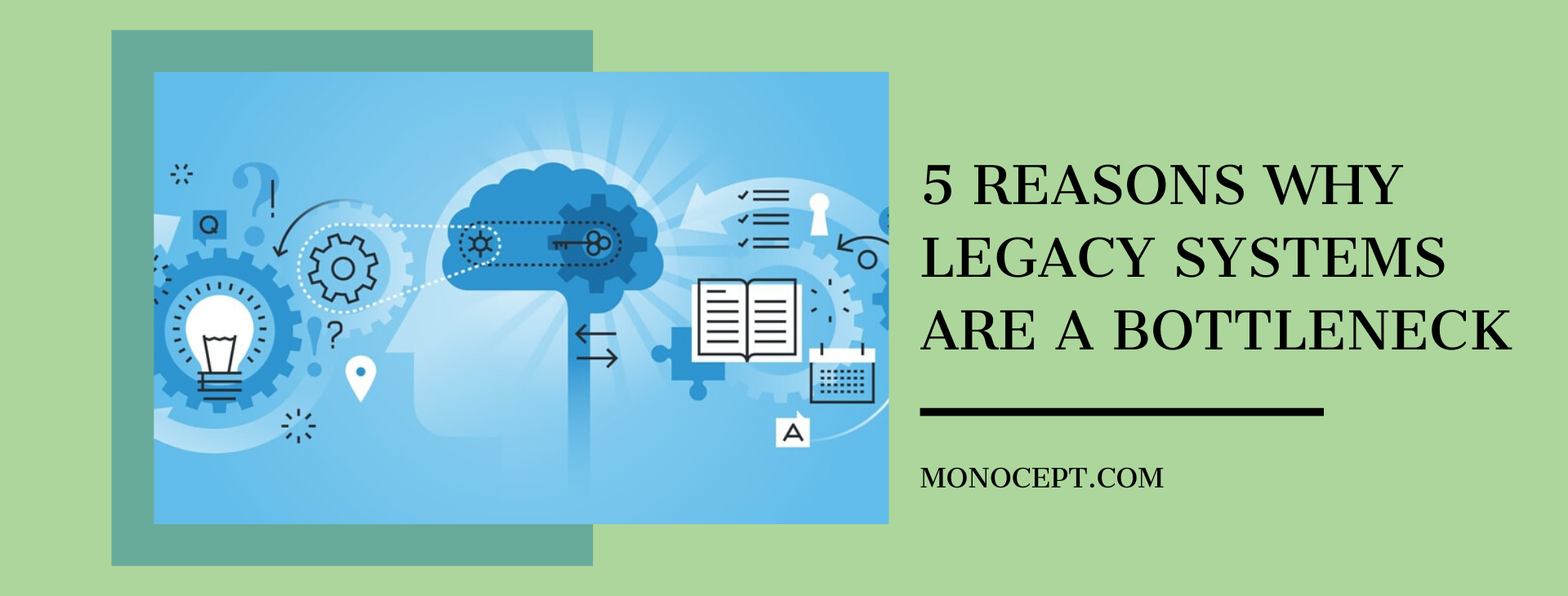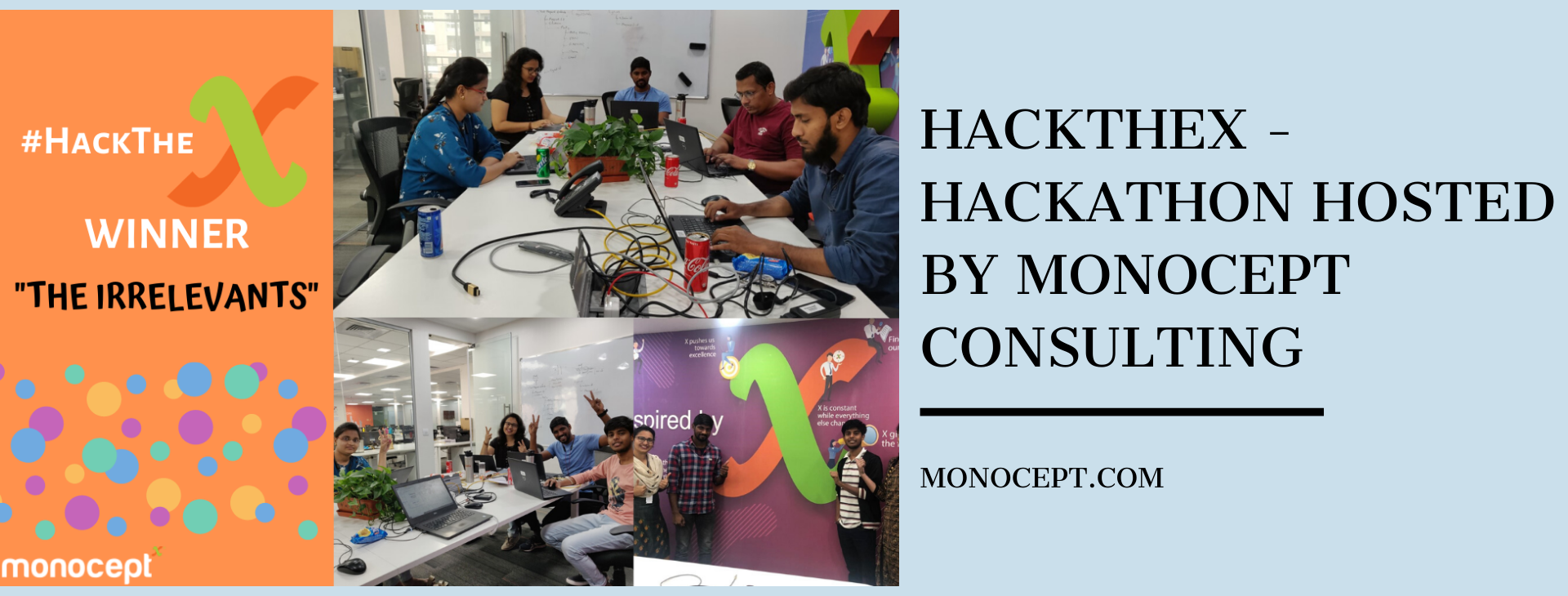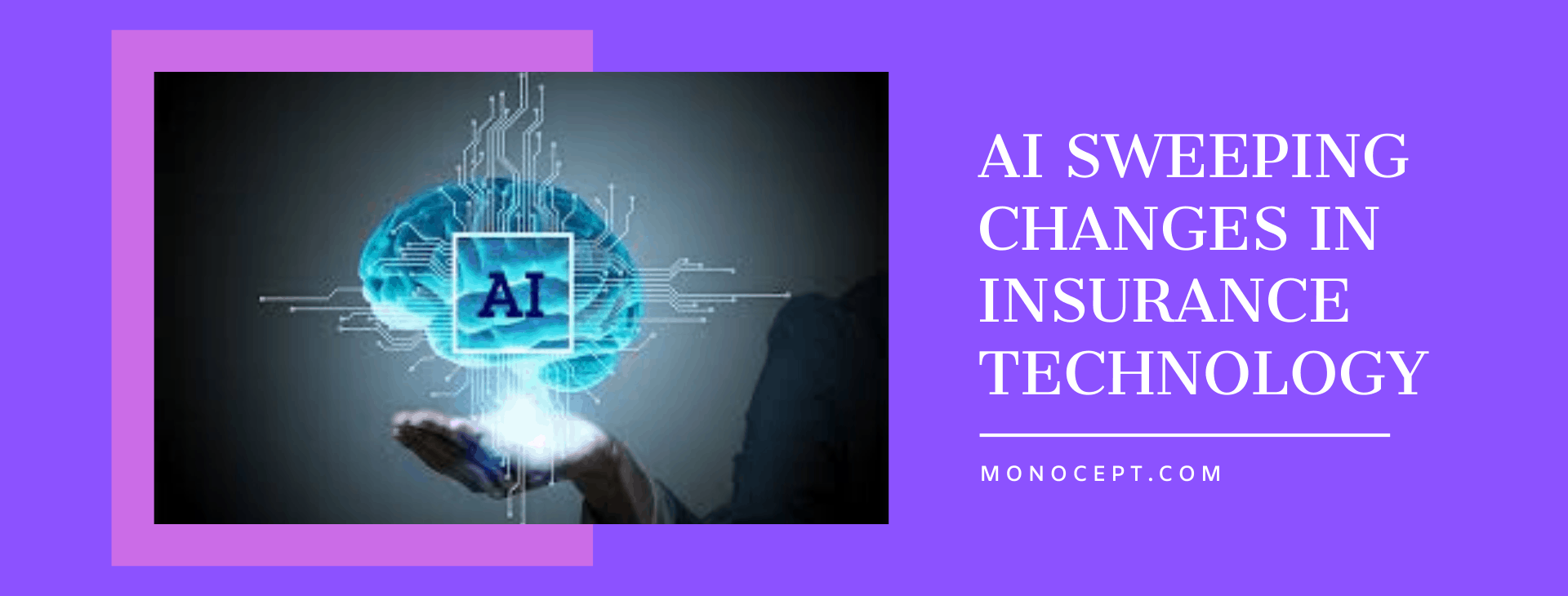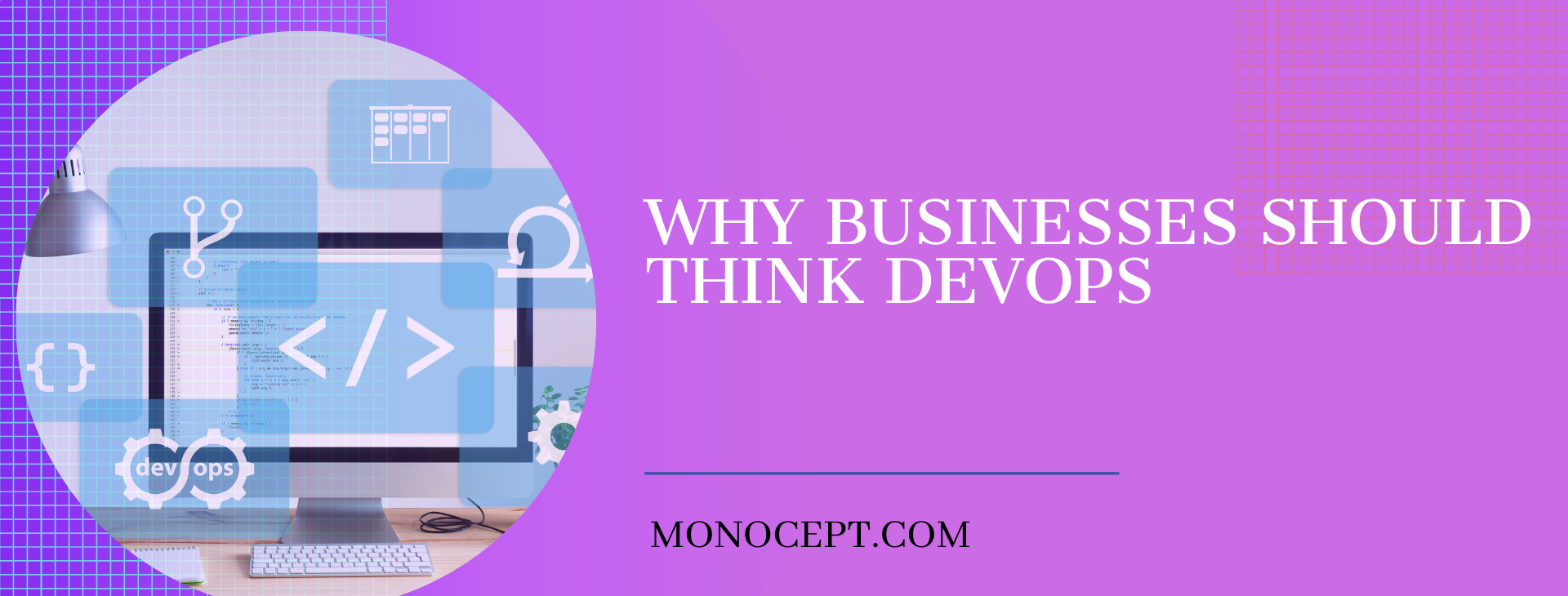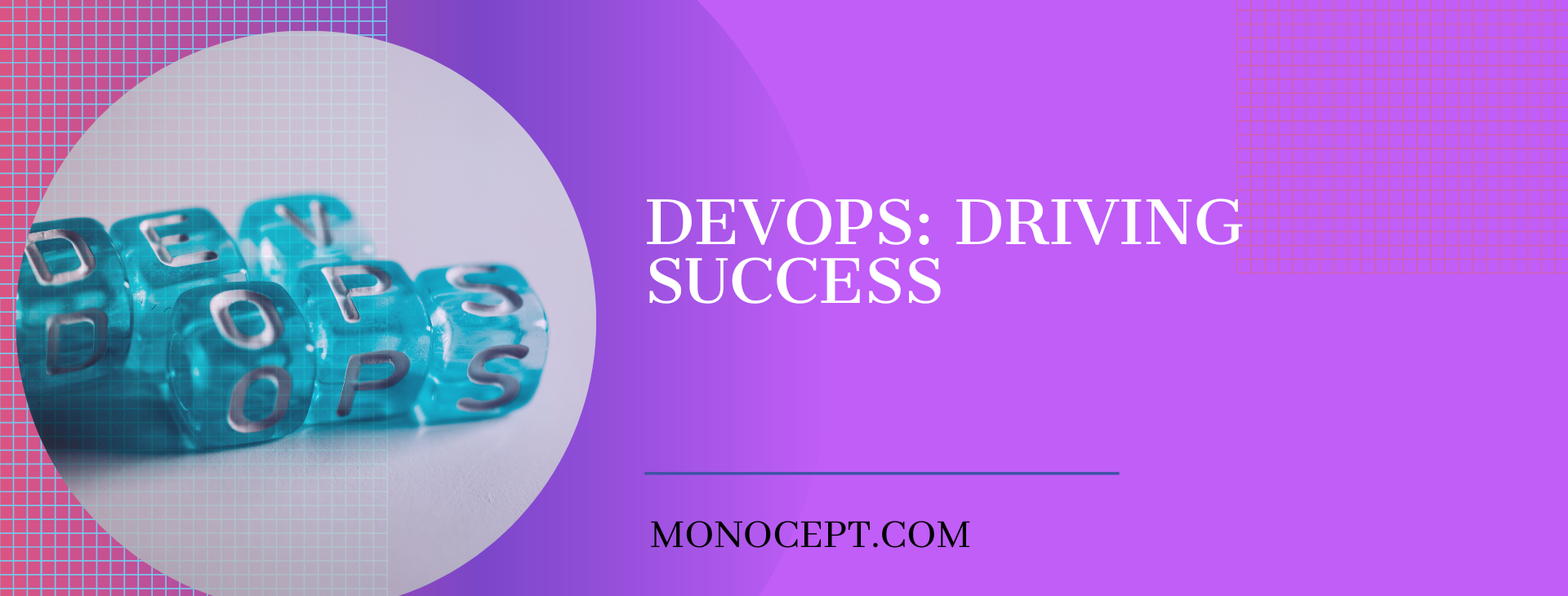5 REASONS WHY LEGACY SYSTEMS ARE A BOTTLENECK
“Legacy systems are fine, as long as insurers are serving legacy customers, with legacy products, with legacy processes, through legacy channels.”
This damning observation of the role of legacy systems play in some of the world’s largest insurance companies was made in a survey conducted by Novarica, a technology and process consultant to insurance companies. Novarica’s survey of the world’s top insurance companies proved without a doubt that legacy systems have become a bottleneck that hampers business growth.
Large insurers who have replaced components of their legacy systems report a qualitative difference in the way their business functions and their ability to address challenges, apart from the quantitative difference in speed and costs. Insurance companies surveyed for the report said the single biggest inhibiting factor for legacy systems is speed to market for new products. Other areas of impact include customer communications and forms management, and ability to deliver effective business insight through analytics. The reason why legacy systems are lagging are many, but primarily they were not built to handle the dynamic nature of business in the 21st century. Here are the top five reasons why legacy systems are holding back your business.
Legacy IT Strategies Not Nimble Enough:
Legacy systems were built at a time when business requirements were very different from today. Their building involved a “stop and start” strategy, which essentially means big changes would be done in a system for a significant period of time and then it would be left unchanged as business requirements did not change all that much. That was the way to run a business through the industrial age. But that’s not how business works in the 21st Companies need to be able to make strategic shifts based on changing business environment, customer expectation and even government regulations. Keeping pace with these changes means constantly tweaking and updating the backend IT system to deliver the product. Legacy enterprise applications cannot handle this chop and change business model.
Business Silos:
Legacy systems are generally built as standalone applications. They don’t work together and require substantial resources to integrate or communicate with other systems. They can also create business silos, separating useful information for no particular reason. Business silos do not give you the real-time business intelligence that is essential for the survival of any modern enterprise today.
Unpopular languages:
Despite their widespread use in business, the languages of legacy code are not what is either being taught or sought after by programmers. Cobol does not make it to the top ten lists of most preferred programming languages. This means once your existing IT staff has either retired or moved on, it is going to be extremely difficult for you to find a suitable replacement. Even the ones you do find will be expensive, therefore the cost of legacy software maintenance will continuously rise.
Efficiency losses:
Maintaining older systems on legacy hardware and software is just an efficiency drain. Modern systems take up the much less real estate, conserve resources like CPU, memory, network, I/O and electricity, give off less heat and are generally easier to manage than legacy hardware systems. The same goes for older languages versus current day programs. Siphoning off IT resources takes away from the digital innovation investments that are so pivotal to companies’ futures. Legacy data designs also cause efficiency losses as it needs significant effort to adapt this data to modern software solutions.
Meeting Employee Expectation:
Today’s workforce has needs that cannot be met with legacy systems. They need robust mobile apps with real-time information and data to make more informed decisions. Companies need to be able to employ BYOD policies so employees can use the device most intuitive to their needs. These needs become cost-prohibitive with legacy systems.
The reason most companies site to hold on to their systems is the cost of migrating decades of poorly documented and poorly structured business logic to new systems. They believe this could result in disruption that could potentially harm their business. Not moving to current and efficient enterprise solutions, on the other hand, is already harming their business, as newer, nimbler companies create the products demanded by today’s consumers.
However, steep the challenge there are companies that have built a reputation in the field of legacy modernization. They have the required expertise, experience and ability to guide you through the process. Visit monocept if you are looking for an experienced partner to help you solve your problems.
What’s your Challenge? Let’s work together to solve it.



